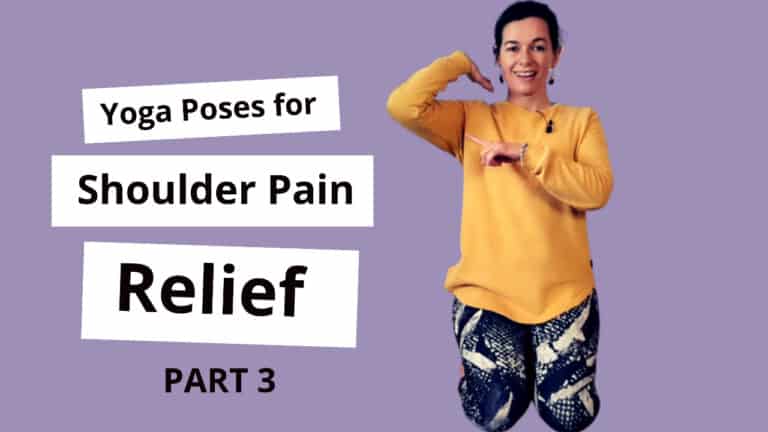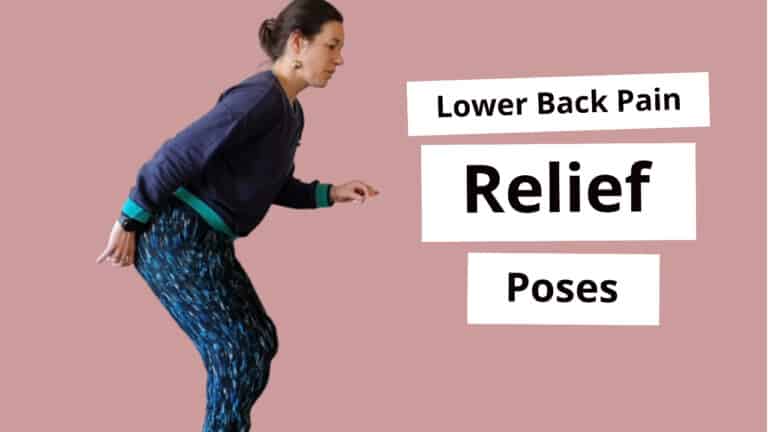This is video two of the three-part series the nerves for the Arms. So this video we’re focusing on the Radial Nerve. The radial nerve you’ll feel runs from the outside edge of the thumb up through the arm. You will probably feel it mainly in the tricep area and then it goes all the way into the neck. So, again, like we just did in medium nerve video, which is video one, is to make sure you observe and visualize the sensations and notice what you’re feeling. And visualizing it from the neck all the way down towards your thumb.
OK, so let’s begin. Again, we want to use the baseline. I’ll do this with my left arm this time. But again, you can start with whichever arm suits you. If you are experiencing pain in the body, you may just want to do that arm, focusing on that arm. Or you may want to test the arm that doesn’t have the pain and then test it with the one that does, so you can observe the differences. As always, make sure that the intensity level is only about two or three.
So it’s a quite a weird sensation. So and it can feel quite intense. So only take it to we are just starting to feel it, intensity level two or three. Be kind to the body.
OK, so let’s begin by just shaking out, relaxing the shoulders. We’ll do a little bit of a head-ram. So drawing your chin forwards and then you’re pulling your chin back, lifting out through the crown of your head so you feel your spine lengthen here.
OK, now let’s test the range of movements you have and you’ll test it with the range of movement you have. And if you are experiencing pain in a certain action, they maybe test that. And once you’ve got your baseline, you can just relax your arm. So lift up through the crown of your head. You’re going to just draw your arm down, just sparking up through the fingers and then take your thumb across the palm of your hand. Now we’re going to flex at the wrist.
So last time we pulled the fingers up towards the ceiling. This time you’re going to take your fingers down towards the ground and behind you. Now internally rotate, so you’re going to rotate the back of your hand in towards your leg and your fingers will point out away from you. So this is internal rotation. You’ll feel the upper arm rolling inwards.
So, pause, notice how this feels that this is enough. You stop here, OK, now we gently draw the shoulder away from the ear. So depressing the shoulder down. See how that feels. The next option is to take your arm away from your body. And so I feel this one quite intensely already. So you may just stop here and notice how this feels and you can stop at any step. And if it starts to get too intense, back off to the previous step or two steps, even.
OK, so next one is to tip your head away from the shoulder, thearm that you are doing. OK, so just take a pause here. Maybe close your eyes and can you visualize… ust follow the pathway of the nerve. Notice what you’re feeling. We feel it in the arm. OK, and then we’ll put the tension on and release the tension. And again, you can do this in any of the areas, it could be in the wrist.
So flexing, extending the wrist, bending the elbow. We’re going to be doing it through the shoulder. But you could also bring your heat back up and put the tension on that way. OK, so come into the pose. Again, I’ll just quickly show it to you. So thumb crosses over the palm of your hand. You flex at the wrist and then internally rotate the arm. Draw the shoulder down away from the air and then take your arm away from the body.
And last step is head away. Again stop at any of those steps. OK, now we’re going to release the tension. So elevate the shoulder and then put the tension on by depressing the shoulder. So drawing the shoulder away from the air and again, elevate and depress. We’ll do it one more time. So lift the shoulder up, take the tension off, and then put the tension by drawing the shoulder away. And then you slowly release when you head back up. Bring your arm in and rotate the arm and then shake it out, shake out any weird, funny feeling sensations. And then test again your baseline. Notice if the range of movement has changed.
I can notice quite a difference for me in this one. And then of course you may want to try the other arm. Or if you didn’t feel any sensation, or noticed no difference, then you may like to join me in the next video which will be focusing on the Ulnar Nerve. OK? great, we’ll see you in the next video.



